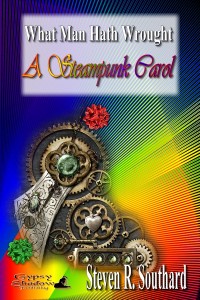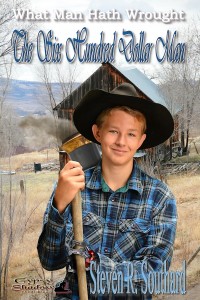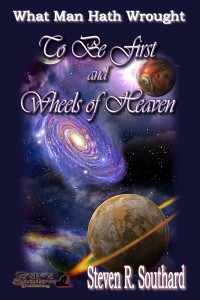 With my story “Wheels of Heaven” about to launch on July 1st, I thought I’d tell you how I got the idea for the tale.
With my story “Wheels of Heaven” about to launch on July 1st, I thought I’d tell you how I got the idea for the tale.
The series What Man Hath Wrought consists of alternate history stories involving technology. Basically, they’re “what if” stories that ask what would have happened if things had gone differently. While doing some research on interesting ancient technologies, I came across the Antikythera Mechanism. Or perhaps I saw a mention of it on a documentary on the Science Channel, Discovery Channel or History Channel.
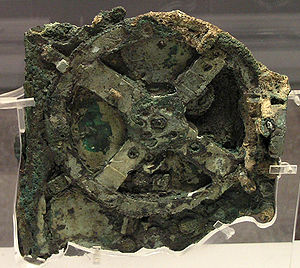 It’s a fascinating machine, advanced well beyond what anyone gave the ancient Greeks credit for. Moreover, until x-ray tomography was conducted on the device in recent years, no one knew what it was for.
It’s a fascinating machine, advanced well beyond what anyone gave the ancient Greeks credit for. Moreover, until x-ray tomography was conducted on the device in recent years, no one knew what it was for.
Intrigued by the mechanism, I then had to think of an interesting way to fictionalize it. Some outlandish, but really fun, ideas occurred to me, but other authors had already explored notions such as the device being a time machine, teleportation machine, or even an alien communicator.
My story ended up being more plausible. I portrayed the mechanism as being exactly as it really was, a device for computing the position of the sun and major planets—the wheels of heaven.
In 1900 and 1901, divers discovered the device amid other shipwreck debris off Antikythera Island. “Wheels of Heaven” is my fictional account of how it came to rest there. An arrogant Roman astrologer will discover he can make predictions with greater speed using the device, but will come to question the connections between people and the stars.
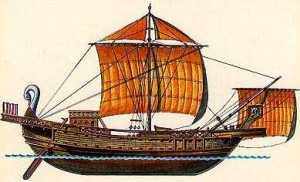 When research revealed the wreck to be a Roman merchant ship, I checked out what those ships were like. They differ from trireme warships in interesting ways. The carved neck and head of a swan which I describe in the story was actually a common feature of these ships.
When research revealed the wreck to be a Roman merchant ship, I checked out what those ships were like. They differ from trireme warships in interesting ways. The carved neck and head of a swan which I describe in the story was actually a common feature of these ships.
For the most part, of course, “Wheels of Heaven” is about the struggles people have, the struggles we still have today. If you were certain you were right about something, an idea about which you’d formed a long career, and you found out it was all wrong, could you accept it? Are we all slaves of predetermined fate, or do we have free will?
Go ahead, take a trip through time to about 80 B.C. and voyage with my characters Viator and Abrax aboard the Prospectus. I know you’ll enjoy it; that much has been written in the stars by—
Poseidon’s Scribe

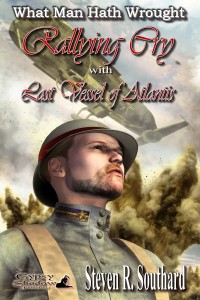


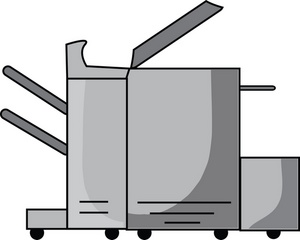




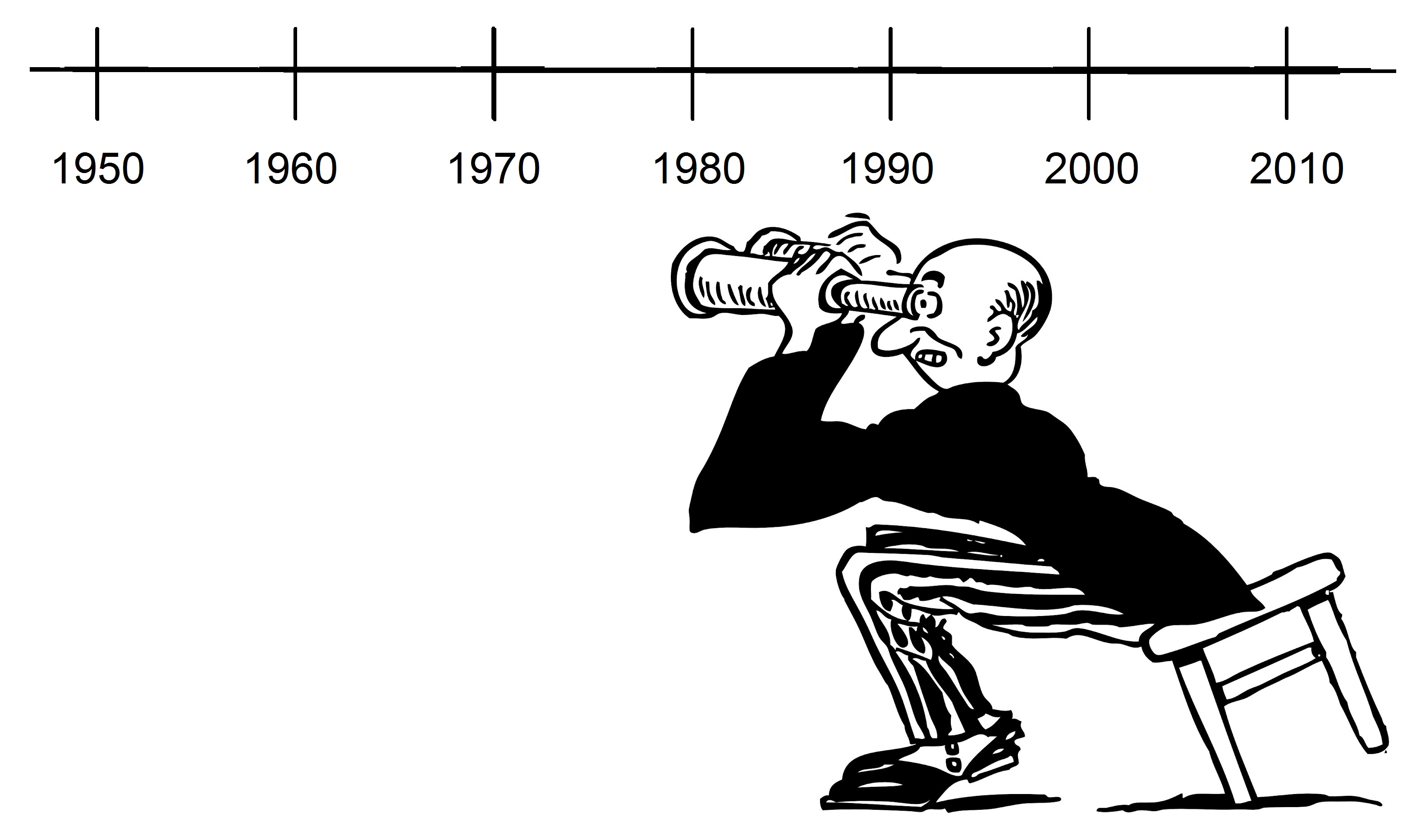
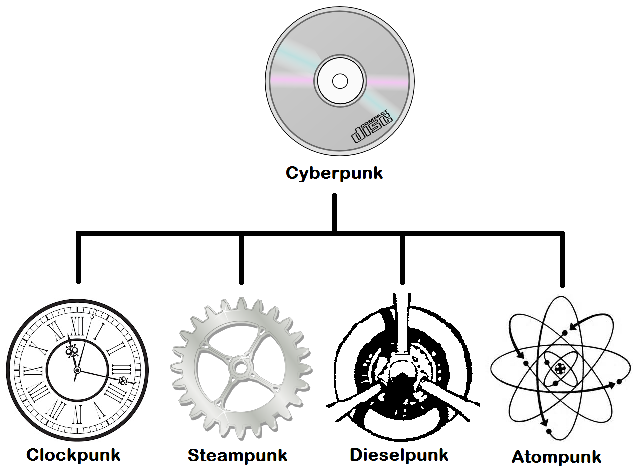
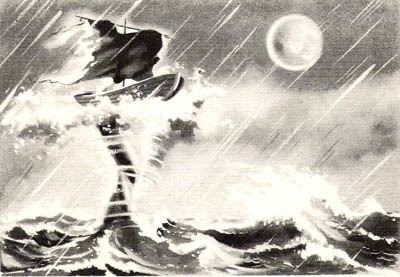

 Federmann could be played well by actor Chris Hemsworth. He’d have to speak English with a German accent, but doesn’t have to do it well, since it’s a comedy. Count Federmann is a brooding character, angry at and jealous of Baron Münchhausen. The Count is intelligent, determined, and optimistic, but lacks sense.
Federmann could be played well by actor Chris Hemsworth. He’d have to speak English with a German accent, but doesn’t have to do it well, since it’s a comedy. Count Federmann is a brooding character, angry at and jealous of Baron Münchhausen. The Count is intelligent, determined, and optimistic, but lacks sense. The Count has a young French servant named Fidèle, and I’ll select Shia LaBeouf for that role. Mr. LaBeouf would have to speak English with a French accent, but not an especially good one. Fidèle is full of life, but has the sense to fear danger, though he’s always respectful of nobility.
The Count has a young French servant named Fidèle, and I’ll select Shia LaBeouf for that role. Mr. LaBeouf would have to speak English with a French accent, but not an especially good one. Fidèle is full of life, but has the sense to fear danger, though he’s always respectful of nobility. Robin Williams. I need an older character of plain appearance who’s able to speak English with a German accent and captivate an audience with his words alone. Robin Williams played the part of the King of the Moon in the 1988 Movie “
Robin Williams. I need an older character of plain appearance who’s able to speak English with a German accent and captivate an audience with his words alone. Robin Williams played the part of the King of the Moon in the 1988 Movie “